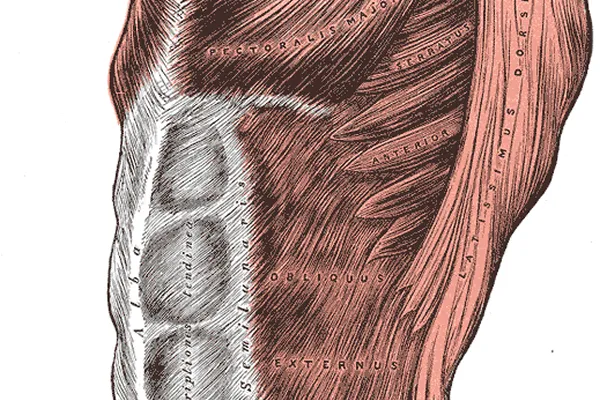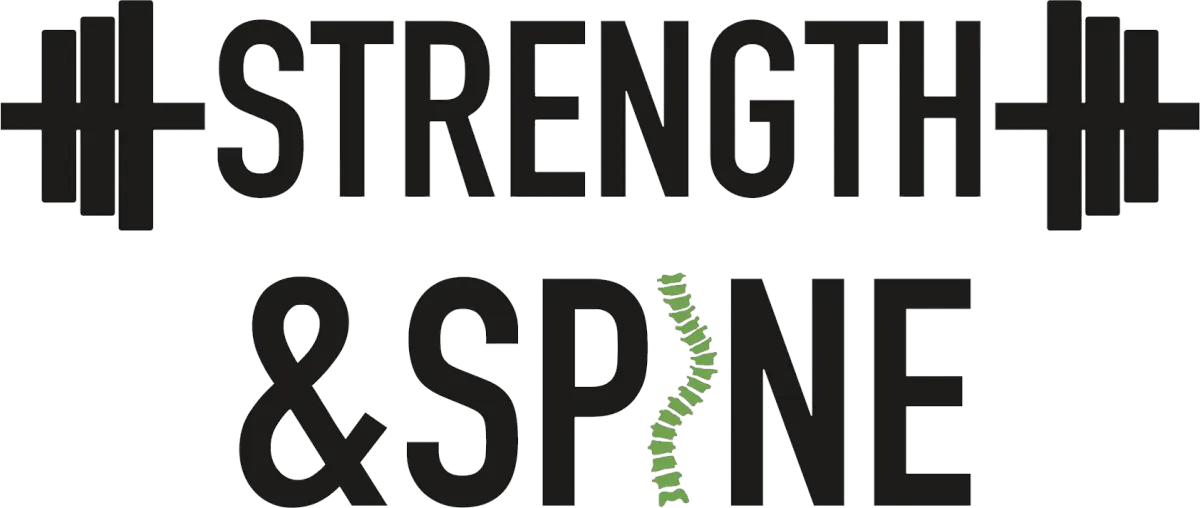Check Out The Latest Blog Posts To Learn More

The Connection Between Scoliosis and Poor Core Strength
The Connection Between Scoliosis and Poor Core Strength
Our core is one of the most important parts of our body — especially for those of us living with scoliosis.
When you think of scoliosis, you likely think about your spine — and maybe some of your low back muscles. That’s what hurts, right?
But the truth is that all your core muscles matter so much when it comes to scoliosis. That’s because a weak core can leave you prone to more pain and increase your risk of injury. After all, your spine and the surrounding muscles aren’t being supported.
The muscles in your core need strength to do their job, which isn’t just building abs. The core is there to protect your spine and help maintain its proper alignment.
Because the core is so important for folks with scoliosis, let’s take a look at what can happen when the core muscles aren’t helping support your spine, and what you can do to prevent and improve that.
Why core muscles are so important
The core is important for everyone — not just folks with scoliosis. It’s the center of the body and plays the biggest role in stabilizing every single movement. A strong core can improve mobility and decrease general aches and pains.
However, for those of us living with scoliosis, it’s even more important that we have a strong core. Scoliosis can bring painful side effects, especially in the back and neck. With a stronger core, you lessen your chances of that pain and may even find that it decreases over time.
That’s because the stronger the core, the better your body can stabilize your spine and improve your posture. When the spine is out of alignment, the muscles in the back area have to work harder to keep everything aligned correctly, which is the primary cause of pain.
The goal of core strength isn’t to build a six-pack. It’s to take care of your body and support your spine so you can live a healthier, happier, pain-free life.
The effects of poor core strength
Stronger muscles mean a stronger body, but there’s so much more at stake when you have a weakened core that have nothing to do with “looking ripped.”
Chronic back pain
The curvature of your spine can worsen, irritating the nerves surrounding and in your spine. Extended curves can also strain and inflame ribs and myofascial tissue, and cause tight muscles. If this continues for too long, it can become a painful everyday reality (as many of us with unsupported scoliosis can attest!).
Muscular imbalances
Muscular imbalance in the abdomen can leave your body prone to injury because it’s not properly protected during our day-to-day functions. Many people with scoliosis tend to counteract the imbalance they feel by tilting their heads, hunching their shoulders, pivoting their waist to one side, etc.
It may not seem like a big deal, but over time this can lead to injury because your body is not moving the way it was designed to. We know that working out incorrectly can cause injury, and it’s not different with daily movement. It can still have a wear-and-tear effect on our bodies. Movement is movement, whether it’s done at the gym or as you walk through the grocery store.
Limited mobility
Over time, muscles impacted by scoliosis and/or poor core strength can become painful to move or use, which can limit movement. And the less you use those muscles, the more painful they become, and the harder it can be to restore that mobility. It’s a vicious cycle!
Take control of your pain. Strengthen your core.
There’s no cure for scoliosis, but there are a few ways to stop it from progressing and causing pain — and the best news? It can even improve with treatment!
One of the best ways to do that is through core strengthening exercises. Sure, a good night’s sleep, stretching, and being mindful of posture can also help, but they fall short compared to strength training.
Why? Because they don’t take into account the full complexities that come with scoliosis. Often, what people are really missing is a strengthening routine geared towards working the muscles that support your back and core, specifically for those with scoliosis.
So…we decided to make one.
he Core Control With Scoliosis Course will teach you everything you need to know about building a strong core that supports your spine and reduces pain and future strain so you can get back to living the way you want to.
You’ll learn the fundamentals — from learning how your core muscles work to the role each of them plays in your musculoskeletal system — and how to build a routine that works for YOU. The rest of the course will show you proper form and technique on over 30 exercises you can start implementing immediately.
No more fixes that promise to reduce pain but fall short. This course was designed with people like YOU in mind and is one of the only scoliosis-centric core strengthening programs out there.
If you want to…
✔️Feel more confident in your ability to exercise your core
✔️Feel safe working out because you have tools and resources at your disposal
✔️Know how to build a core strengthening routine that works for you and your body
✔️Know how to keep a long-term commitment to keeping your core strong so that it supports your spine and minimizes the pain associated with scoliosis
Then come join us inside the Core Control With Scoliosis Course!
WE ARE
Strong with Scoliosis
Start today on an exercise program that helps you become empowered, strong, and confident in your scoliosis curve.
FIND US
Strength and Spine
129 W 29th Street, 2nd Floor
Arrive Wellness
New York, NY 10001
(By Appointment Only)

